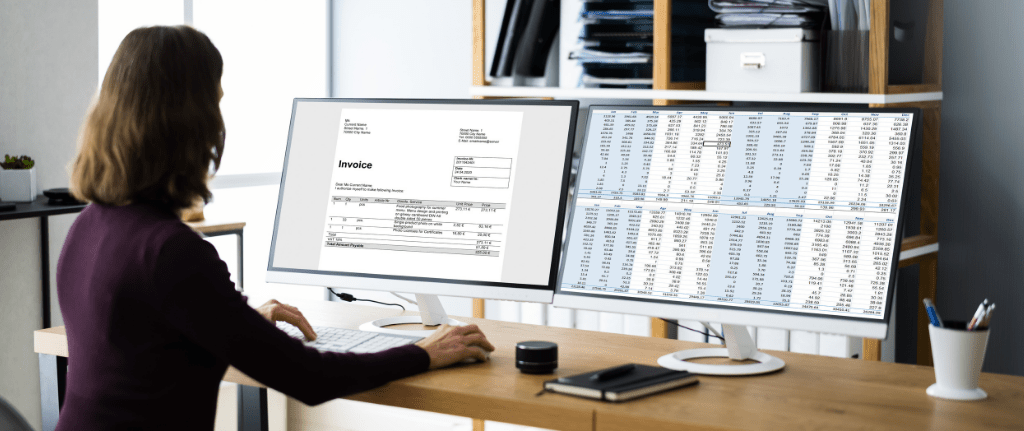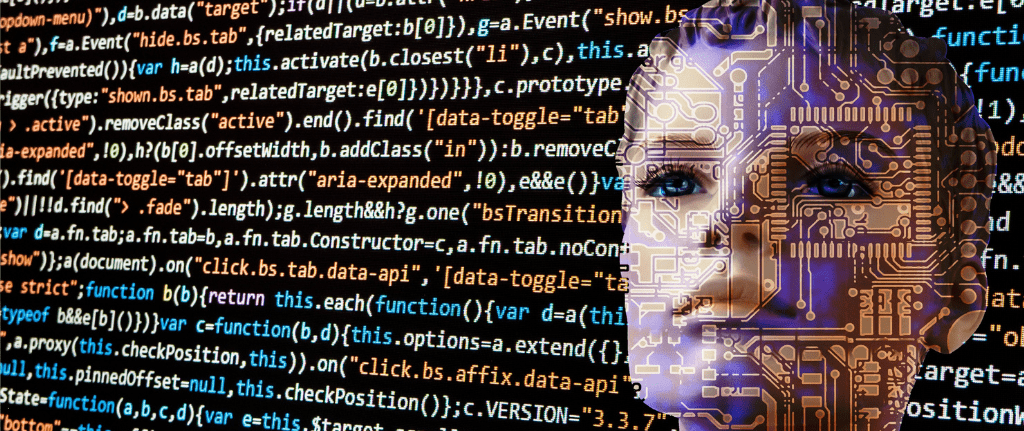May 26th, 2021
Collections Processes – A journey through time
Collections Processes
Collections has been around for a very long time. Longer even than money itself. It started off as a verbal promise to pay a debt, and later on that debt was recorded on paper. It subsequently evolved to being a data entry on a computer. Today, that data has evolved to a level where it’s used to predict: when a debt will be settled, when is the best time to call someone, when it will become past-due or a delinquent account. Technology has helped with this huge evolution of the collections process over the years.
Collections is a very strategic financial process in the order-to-cash sequence. Cash is the life blood of every business and getting paid on time has a huge impact on that business, including its ability to grow and prosper in the future. The objective of a business is to collect all of the outstanding invoices before they change to ‘overdue’. Every company need a practical collections policy to achieve this goal. Consequently, reducing Days Sales Outstanding (DSO) and maintaining a reliable flow of cash throughout the organization. We start off now by taking a look at the traditional collections processes throughout the 80’s, 90’s and early 00’s.
Traditional Collections Processes: 80’s, 90’s and early 00’s.
In the 1980’s before current technologies had become such a huge part of our lives, aging reports were printed off and used on a daily and weekly basis in the collections process. Staff would use these aging reports to pick up the phone and call each one of the ‘overdue’ accounts – “dialling-for-dollars” as it was known back then – not to be confused with the North American TV show of the same name. Answering the phone to the TV show meant you actually won some cash and didn’t have to hand it over! As you can imagine, “dialling-for-dollars” was a very time-consuming and gruelling task for collections staff.
A lot of resources were required for this process as it needed multiple phone calls to customers. Many calls were re-active rather than pro-active. Companies may be calling a customer who had already paid but the reports were not as current as they should be. Or the check may not have cleared in the bank, as we know electronic payments were not as dominant then as they are today.
Throughout the late 90’s and early 00’s computers became more universally used. Excel spreadsheets became the norm for collection teams and data became much more flexible. More accurate and up-to-date aging reports were now possible. Specific invoices could be targeted easily which were a great help to everyone. Technology was starting to show how useful a tool it was to become in the very near future.
Modern Collections Processes: Collections Software
Collection’s software has emerged today as a driving force in helping credit and collections professionals across the world to achieve greater success with laser-focused activity. Collection’s software is now almost a necessity for finance teams to be high achievers. Modern collections software has a specific work-list for each individual staff member, in order to prioritise key accounts for communication. This means staff are fully focused on their ‘to-do-lists’ and it enables a more structured approach to their day. Thus, resulting in much higher collections efficiency.
The software also focuses on data grouping such as open Accounts Receivable information, billing data and other related areas such as Credit, Deductions and Promises-to-Pay. One single-source of all important and real-time data, collated and analysed leading to a more powerful collections method.
Customer Communications
Effective communication with customers based on the company collections strategy is key to overall success. Clear and concise touch points such as letters or emails work best. Email is used a lot more now than telephone – less time making calls means more time for email reminders and following up with additional accounts. Email has worked much better than phone throughout 2020/21 as people mainly worked from home due to the pandemic.
Customer Touchpoints
Each touch point needs to be historically logged on the system: emails sent, calls, notes from call, promises-to-pay, etc. All this data will help with the chasing of payments and next steps towards a resolution or escalation of the account. Dunning can be automated also, customers can be contacted via email, fax, or mail as required. Pre-defined dunning templates are used to simplify the process and maintain consistent communication with accounts. An automated dunning process frees up time for collections staff to focus their energy on the most important accounts. (What are Dunning Letters?)
What the customer communication will be can also depend on other areas of the business. The collections team may have to communicate efficiently with the accounts receivable team, deductions/disputes team, the credit team and so on to get an accurate picture of the situation before following up. All of this would have to take place before their worklist could be created. Integrated software is one way of making this a reality, one solution that has all this information to be used as effectively as possible.
Customer Experience
The ‘customer experience’ that your customers have during the collections process is also important. Touchpoints are key, especially ones that facilitate your customer in the way they customarily pay their invoices – paper based or e-invoicing. Will the paper-based invoice be settled by way of check or electronic transfer? You need to cater to the specific needs of each customer. Segregating them into groups on the way they pay, and treating them as such can lead to better results for collections teams.
Some customers have changed the way they want you to contact them. Large retailers have set-up portals for you to enquire on invoices. Calling these big-box retailers is almost impossible and sending them dunning letters will be even more pointless. Companies are looking to utilize teams or zoom meetings for the digital equivalent of face-to-face meetings. These meetings should be part of your customers collections and ‘customer experience’.
Machine Learning (ML) and Artificial Intelligence (AI) in Collections Processes
Over the last five years, Machine Learning (ML) and Artificial Intelligence (AI) have come to the forefront. ML in software is essentially algorithms that learn from processes it completes frequently. It can then make predictions based on the data that is collected over time. For example, a prediction can be made on when a customer is going to pay. This can be very helpful information for the collections team as they focus on more critical accounts.
AI in software is slightly different in the fact it analyses data to identify key elements. For example, risk analysis – a real-time credit analysis of accounts to identify delinquent accounts and other collections risks. The individual worklists that we mentioned earlier are mainly driven by AI. Collection’s strategy recommendations can also be made from existing data via AI. Customer account history can also be utilised to increase success and improve the customer experience at the same time.
Summary
As we have seen, the collections process has changed considerably over time. It has come a long way from a far-reaching approach in the 80’s and 90’s to a much more laser-focused approach today. This is being led by technological advances and new innovation in collections strategy. Companies who embrace this new technology to their advantage, will see a dramatic improvement in their collections process.
Contact Us
If you are interested in discussing how Cashbook can automate your Collections processes, or other areas within the Cash Application process. Get in touch with our team, by calling us on +353 61 338 400 (International) or 630-352-2228 (North America). Alternatively, you can email info@cashbook.com. We look forward to helping your company realize the benefits of Collections automation software.









